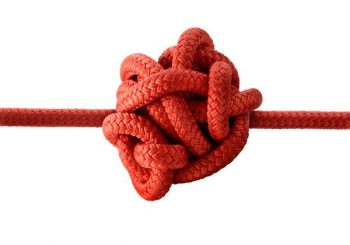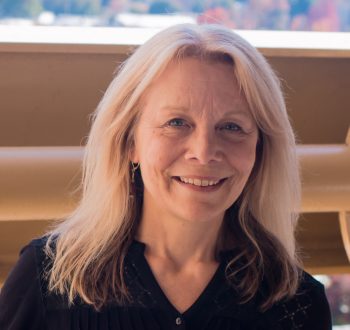Guest writer for Wake Up World
When I was first introduced to the Sufi wisdom of seeing our inner spiritual work as a process of untying knots, it immediately resonated. It struck me as a powerful metaphor that brought clarity and insight to the often confusing world of the subconscious. To further illuminate this, I want to take a little side trip here to show how the image of a rope or the act of tying something is used in these common expressions:
[pro_ad_display_adzone id=”110028″]
- “wound too tight”
- “bound up”
- “unraveling”
- “my stomach is in knots”
- “my muscles are full of knots”
- “tied up”
- “hog-tied”
- “at the end of my rope”
- “fit to be tied”
- “my hands are tied”
- “sleep tight”
- “tie one on”
- “tie the knot”
- “tongue-tied”
- “tie yourself in knots”
Pretty interesting stuff.
The expressions above all indicate either tension or binding. From a psychological or spiritual perspective, knots refer to the mostly hidden aspects of ourselves. Each one is a bundle of secrets, traumas and repressed memories that have been wrapped together, creating a core belief or program. Though they may be hidden, these beliefs/programs influence our thoughts, emotions, behaviors and habits. In fact, the majority of our suffering is caused by them.
Certain experiences and situations can trigger them, essentially activating and bringing them to the surface.
This can be excruciatingly painful, and we have a few options: 1) we can either let the experience take us over, submerging us into victimhood; 2) we can distract ourselves and stuff the feelings down with addictive behavior; or 3) we can slow down and doing nothing more than bring awareness to what is happening without judgment, allowing it to move through and out. The first two options only create more tension and delays their integration. Awareness, on the other hand, exposes them and deactivates their power to engulf and overwhelm us.
Not easy.
However, with practice, we can see these knots as an opportunity to integrate the parts of us we have rejected, shunned, buried, denied, judged, shamed, and so on. To untie them, we first face them, and once seen, we accept them unconditionally, embracing them with an open heart. The more we embrace them, the more conscious we become. Therein, lies true freedom.
Facing + Embracing = Freedom
When we embrace our deepest, darkest knots, we can acknowledge that they are part of the entirety of our being. This moves us from feeling fragmented and scattered–disconnected from ourselves–toward wholeness and peace. When our bodies, emotions and thoughts come into alignment as a unified essence, we can be more present to what is. The tension falls away as well, because we’re no longer trying to control our experience to avoid pain. We become more at ease with life because we’re no longer resisting or fighting it.
What knots are revealing themselves in your life? Are you ready and willing to loosen or even untie a few? Would you like to feel a little less bound up and a little more free?
Originally published at victoriafann.com and reproduced here with permission.
Also by Victoria Fann:
- 14 Relationship Myths That May Be Unraveling Your Love Life
- Are Your Beliefs Your Own?
- Relationships – The Four Golden Threads
- Turning Down the Volume of the External World
- The Alchemy of Groups
- Why We Keep Ourselves ‘Small’
- Finding Comfort in Uncertain Times
About the author:
Victoria Fann is a writer, transformational coach, community builder and practical mystic. The foundation of her work was inspired by her time at Esalen as well as her training and inner work with many of the early founders and teachers of the human potential movement. She has been writing essays, short stories, plays and screenplays for over three decades. Her writing has been published in numerous publications and anthologies including Wake Up World, Women of Wisdom, Newsweek, Thought Catalog, Elephant Journal, Snapping Twig, Medium, BioStories. Her book, Creative Alchemy: Accessing the Extraordinary Power of the Muse to Transform Your Art and Your Life will be published this year.
You can read more of her writing and learn more about her and her work on her website www.victoriafann.com, or contact her on Facebook at www.facebook.com/victoriafann.
[pro_ad_display_adzone id=”110027″]








